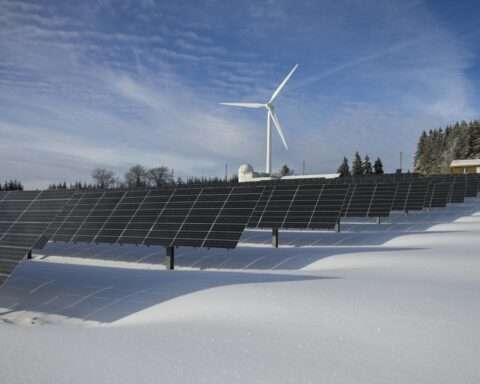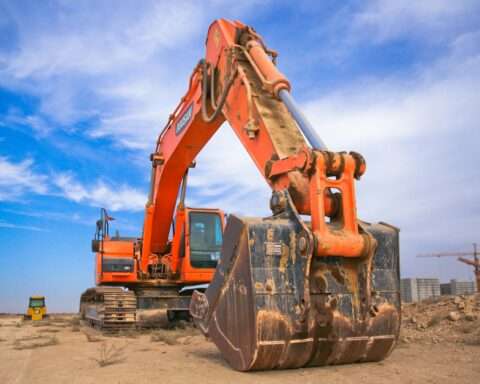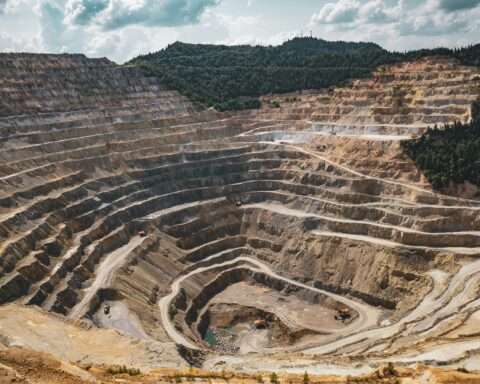The United States is taking steps to combat climate change, but more work is needed, according to the latest climate assessment composed by representatives of the Department of Energy and 13 other federal agencies.
The report released last week is the fifth installment of the U.S. Global Change Research Program’s (USGRP) National Climate Assessment, which was first released in 2000.
The report confirms the United States is experiencing increased risk from extreme weather events, U.S. Secretary of Energy Jennifer Granholm said.
“The assessment is a stark reminder that, if we don’t act with urgency to tackle the climate crisis, Americans will experience increased suffering at the mercy of a changing environment,” Granholm said. “A bright spot in the sober assessment of where we are and where we could end up is the work we have been doing collectively as a country to reduce emissions and deploy alternative energy sources.”
Mitigation strategies can substantially reduce emissions, but additional actions such as adding wind and solar electricity-generating capacity are needed to reach net zero, the report said.
Limiting global warming to 2.7 degrees Fahrenheit above preindustrial levels requires a path to net-zero greenhouse gas emissions by 2050, the report said. However, existing and planned fossil fuel infrastructure would set the planet on a trajectory to exceed that target, it noted.
Other key takeaways from the report include:
- Since 2007, emissions, energy intensity and emissions intensity have decreased in every region of the country while the population and gross domestic product have grown.
- People across the United States are experiencing higher temperatures and longer-lasting heatwaves. At the same time, heavy precipitation, drought, flooding, wildfire and hurricanes are increasing in frequency and/or severity.
- Underserved and overburdened communities face disproportionate risks and effects from climate change, which exacerbates social and economic inequities and contributes to persistent disparities in the resources needed to prepare for, respond to and recover from climate impacts.
On the heels of the report, the Department of Energy (DOE) opened applications for $3.9 billion available for projects that will make the electric grid more reliable and efficient, reduce flood risks and support conservation efforts. The funds come from the DOE’s Grid Resilience and Innovation Partnerships (GRIP) Program, which is part of the $50 billion Bipartisan Infrastructure Law.
The DOE in October announced the first round of GRIP funding – $3.46 billion for 58 projects across 44 states.
Climate change-related activity last week also included a U.S. Senate Committee on Environmental and Public Works hearing on opportunities in industrial decarbonization. Panelists included two representatives from clean energy nonprofits and the CEO of a company specializing in low-carbon cement production.
During the hearing, Sen. Ed Markey, D-Massachusetts, said environmental justice could not be an “afterthought of decarbonization.” It is important to commit to advocating for additionality, deliverability and hourly time matching, he added.
“We need to be better than before,” he said. “We need guardrails and strong standards. We want high standards for innovation (while) not perpetuating injustice in obscuring pollution, which is what industries done historically.”
Shannon Angielski, president of the Clean Hydrogen Future Coalition that represents energy companies, developers and suppliers, said the coalition’s goal is to adopt more restrictive measures in 2030, similar to those exercised in the European Union.
“We want to see significant investments in the supply chain that is necessary to support the growth of our industry in order for clean hydrogen to be delivered as a solution for decarbonization,” Angielski said.
Dr. Jennifer Ellis, CEO of Sublime Systems, a Massachusetts-based company that’s working to commercialize low-carbon cement production, stressed the importance of the federal government backing her company and others like it.
Government support is crucial to make sure American-made technology was widely available as more cities were poised to engage in periods of “dirty” growth that occurs in industries like cement and steel production.
“The U.S. government buys 60% of cement in the United States,” Ellis said. “When there are no advance market commitments to buy low carbon cement in the government, it makes my job twice as difficult.”
Companies like hers could play a role in revitalizing old industrial towns like Holyoke, Massachusetts, where her company is moving its headquarters, she said.
“Many disadvantaged communities are the sites of old manufacturing towns,” she said. “What leaves them disadvantaged is the same reasons new industries will come to these towns. They’ve got the permitting, they’ve got hydroelectricity and they have access to railroads. We think coming back to that city is right for us and right for the community.”
All news and information on this site is provided by the team at Strategic Partnerships, Inc. Check out this short 1-minute video that provides a quick overview of how we work with clients.












